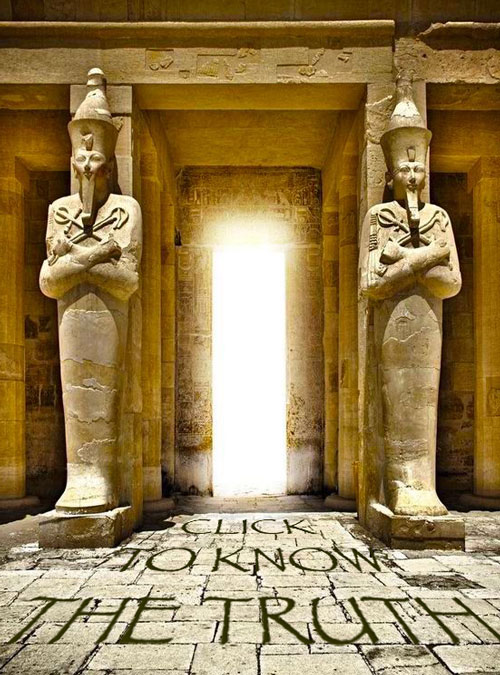Here comes the Sun
The Egyptians referred to Ra as “the Word”:
I am the Eternal, I am Ra
I am that which created the Word
I am the Word.
This passage comes from the Book of the Dead which is the oldest text in the world. Thousands of years later, this verse would reappear in the King James Bible:
In the beginning was the Word,
and the Word was with God,
and the Word was God.
The words we use shape our reality in profound ways. Every spoken phrase carries the potential to build bridges or erect barriers, to ignite understanding or fuel conflict. From the gentlest whispers to the most desperate gasps, our choice of words crafts the tapestry of our lives, making connections that weave the thread of human experience. In this intricate dance of language we wield the power to cultivate empathy, inspire change and forge paths of shared understanding that resonate into eternity.

Ra is the sound of the Sun. He represents the masculine chord that can be used as a creative mantra that can activate us from deep within. When we use this sacred sound we can begin to manifest our dreams. Ra is associated in this context with the root chakra and sacrum bone.
As the son of Isis, Ra was the king of all the other deities. Ra was so powerful that some have argued that the entire Egyptian religion was some form of veiled monotheism. This seems to be an overstatement, but it underlines Ra’s primary position within the religious texts as a facsimile of Atum. Below there is a golden serpent emerging from the vernal sun, symbolising rebirth:

Above: his right eye was the Sun and his left the Moon
In the Book of the Dead, the sun god Atum (Ra) was said to have ascended from the primordial waters as a snake. Atum was a self-created deity, the first being to emerge from the total darkness and watery abyss that existed before creation. A product of the energy within this chaos, he created his children (the Grand Ennead) out of loneliness.
This implied that the solar cult of Atum was all about order. The rising and setting of the Sun was linked with stability because it happened every day and therefore represented Ma’at—the guiding principle of the universe. It was also a symbol of the pharaoh, who embodied the “divine king” every morning when he rose like a snake.

We all know that musical instruments need to be tuned from time to time. Basically anything that causes a dimensional change in the vibrating elements that generate sound can cause instruments to go out of tune. One such cause is humidity, which causes wood to expand and contract. Temperature is another. Physical wear and tear to instruments can cause them to sound “off”. What we’re less familiar with is that the human body is also a musical instrument that needs to be tuned from time to time.
Solfeggio frequencies make up the ancient six-tone scale used in sacred music, including the beautiful Gregorian chants. These plainchants and their special tones were believed to impart spiritual blessings if they were sung in harmony. Each Solfeggio tone is comprised of a frequency required to keep your subtle bodies in tune.

In the list above, the root, heart and crown chakras vibrate at 369, 639 and 963 Hz. These are the sacred mantras of the Holy Trinity.
If you only knew the magnificence of the 3, 6 and 9,
then you would hold a key to the universe.
—Nicola Tesla
